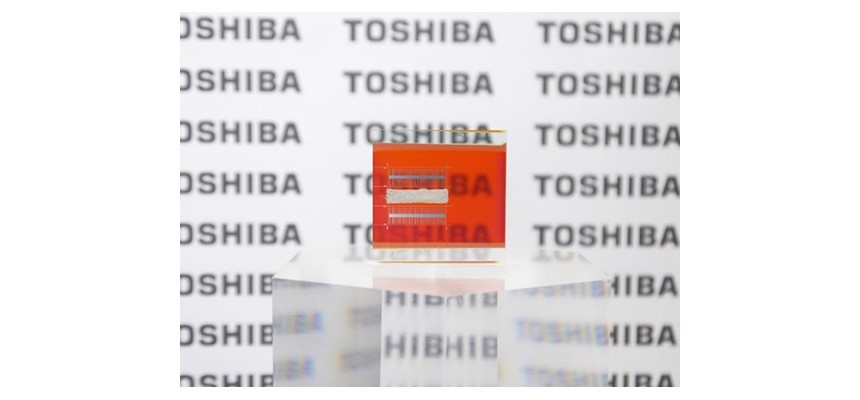New podcast alert!
Silicon-based solar panels are four times as efficient as plants at harvesting energy from sunlight. But they’re expensive to produce because the material they’re made of has to be very precisely engineered. What if we could make solar panels out of layered copper oxides (CuO/Cu2O)? These materials are cheap to produce, Earth abundant and fully recyclable.

Computational expertise
I talked to Aleksandar Živković and Nicholas Harrison about their computational approach to investigating the CuO/Cu2O interface. They used the supercomputer ARCHER2 at the EPCC.
Their paper Mind the Interface Gap: Exposing Hidden Interface Defects at the Epitaxial Heterostructure between CuO and Cu2O was published in 2022.
This interview was a fun one for me because I don’t know very much about computational modelling. This means building a mathematical model of a chemical system and then exploring how it works. The equations to do this – hybrid density functional theory – are highly complex. They require a supercomputer to solve in a reasonable amount of time. So it was interesting to hear from Aleks how you go about setting up a project of this kind, and how long it takes to generate the data.
I noped out of secondary differential equations in my second undergraduate year so I’m glad someone else finds this entertaining…
Exploring the interface between two materials
Speaking as a chemist, the result they found was beautifully intuitive. The two different materials both contain Cu and O but in different coordinations. At the interface there is a plane which is only a few atoms thick, where these relationships are strained. The atoms are neither in one (low energy) coordination state, nor in the other, so new states are formed. The computer models predict how this system will respond to light, and these predictions match experimental values well.
IMSE has supported computational approaches, AKA theory, modelling and simulation, since its beginning. They’re an essential addition to experimental work in developing new technologies to solve serious global problems.
Aleks also wrote a blog post about doing this work in London just after a pandemic lockdown. This added a certain flavour to the experience… well worth a read!
Read more about technologies used to harvest solar energy